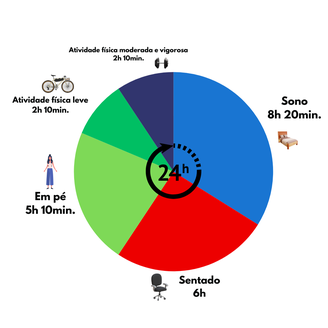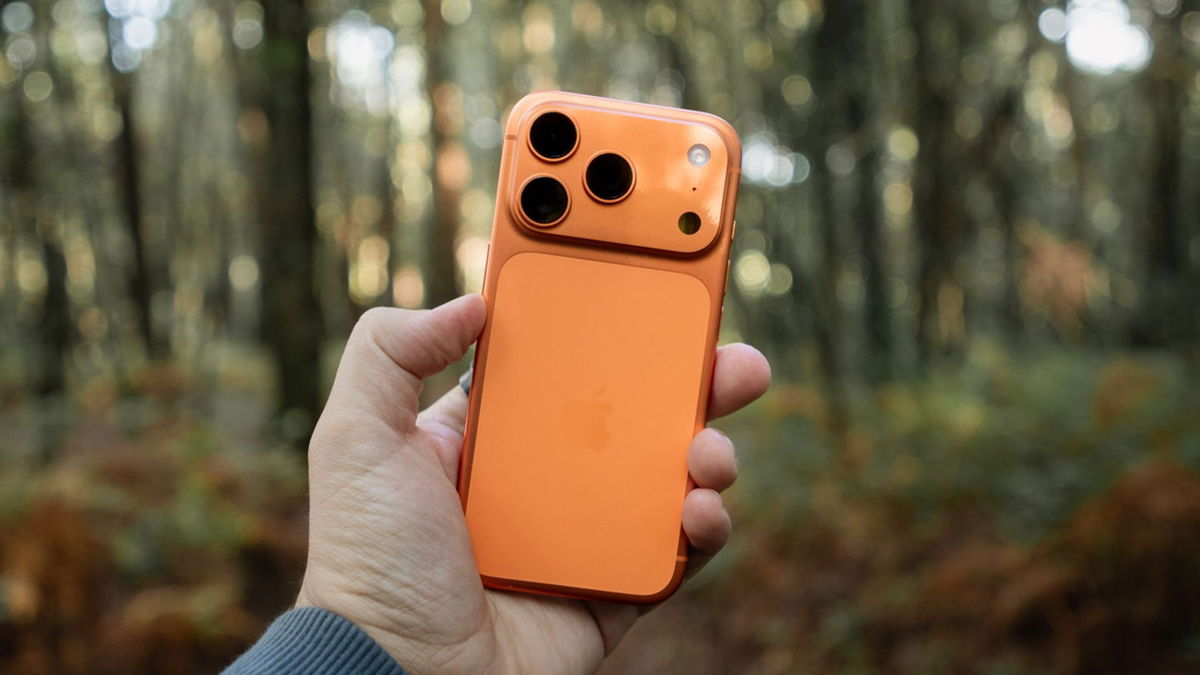This text was written by a TecMundo columnist; Learn more at the end.
As technology advances, our body movements become less necessary in daily life. Every movement has been minimized in our routine, which has happened from the Agricultural Revolution to the Industrial Revolution to the Digital Revolution where we get what we need to survive while our thumbs are on our mobile phones.
But we have an inheritance in our genes that requires body movement so that we can live longer and better. As recent research has shown, moving the body seems to be available within the 24 hours we have each day..
Research
A survey of more than 2,000 people aged 40 to 75 in the Netherlands who wore accelerometers on their wrists for 8 days found an association between 24-hour use and risk factors for heart disease, stroke and diabetes. These are part of the cohort study. Maastricht Study. Researchers divided the time of day into 5 behaviors based on activity level: sleeping, sitting, standing, light physical activity, and moderate or vigorous physical activity.
“Ideal” distribution of 24 hours
The best combination of 24 hours associated with reduced health risks was: 8 hours and 20 minutes of sleep, 6 hours of sitting, 5 hours and 10 minutes of standing, 2 hours and 10 minutes of light physical activity, and 2 hours and 10 minutes of moderate to vigorous physical activity.

Sleep duration is within adult guidelines, with 7 to 9 hours of sleep per night recommended by the National Sleep Foundation (US). The daily sitting time found in the research, which we call sedentary behavior, is below the global average; This is an estimate based on representative studies showing an average of 8.2 hours of sitting time per day in adults. Although no specific time has yet been found to serve as a cut-off point, in practice a score of 8 or 9 hours (or more) sitting per day has been adopted to classify highly sedentary behavior.
Although the time devoted to physical activity is more than 4 hours a day, this time includes all kinds of body movements, from the lightest movements, such as walking to the toilet, to the most intense movements, such as working out in the gym.
What is obvious is a human need: to move the body.
The study is a sample and it is not possible to establish a cause-effect relationship by making associations alone. This is a preliminary study involving the best combination of 24-hour use, and new, longer studies are needed to confirm the best time for each behavior.
Life style
Because we have to work and other obligations take up time, we often don’t have full control over how much time we spend during the day. We can’t be like robots with predetermined times for each behavior, as shown by research linking ideal times to lower health risks. Sitting is a common behavior today, what we can do is reduce the amount of time constantly spent in this position by taking active breaks. Recommendations are to take a 3-minute break for every 30 minutes of sitting or a 5-minute break for every 1 hour of sitting.
Science is increasingly emphasizing the importance of a balanced lifestyle, which Brazilian Physical Education researcher Markus Vinicius Nahas classifies as the pentacle of well-being consisting of physical activity, stress control, healthy nutrition, preventive behavior and relationships. Balance seems to be the key. Moreover, these types of behaviors are interconnected. To change, you can start with one of these, as researcher James Prochaska suggests: “Exercise spills over into other areas. There’s something about it that makes other habits easier.”
Think about how you use the 24 hours you have in a day. How you spend your day can have significant effects on your health.
***
Fábio Dominski He holds a PhD in Human Movement Sciences and a degree in Physical Education from Santa Catarina State University (UDESC). He is a university professor and researcher at the Laboratory of Sport and Exercise Psychology (LAPE/UDESC). he is doing scientific dissemination on social media there podcast available on Spotify. Author of Physical Exercise and Science – Facts and Myths.
Source: Tec Mundo
I’m Blaine Morgan, an experienced journalist and writer with over 8 years of experience in the tech industry. My expertise lies in writing about technology news and trends, covering everything from cutting-edge gadgets to emerging software developments. I’ve written for several leading publications including Gadget Onus where I am an author.













